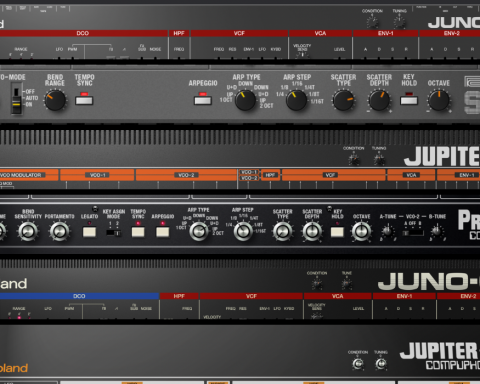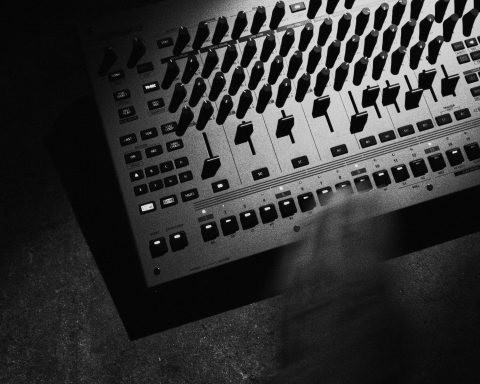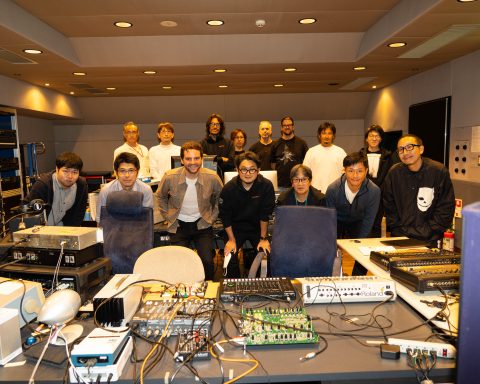Music has been a deeply rooted part of the human experience since the beginning of civilization. Whether in religious or artistic expression, communication, or entertainment, humans hear music in all facets of life. With all that exposure, most people can internalize tempo; some may even develop a good musical ear without much effort. But if you’ve ever wanted to explore music further, have no fear. With a bit of guidance, a listener can become a musician. Learn the basics of rhythm, meter, pitch, notation, and song arrangement below.
A Continual Evolution
Music comes in various styles and forms, which continue to evolve. As a sonic art form, music tells the stories of human history through lyrics. Its flexible auditory construct morphs through time and space, always changing and inspiring people to dance and, most importantly, to feel.
Music can transform our emotions and transcend our minds. Through music, we experience joy, triumph, sorrow, contemplation, and elation. Music’s power inspires many to pick up an instrument for the first time. Here are a few key elements to remember as you begin your journey towards becoming a musician.
"Through music, we experience joy, triumph, sorrow, contemplation, and elation."
Rhythm: The Beat Goes On
Along with harmony and melody, rhythm helps form the bedrock of music. As such, a basic understanding of rhythm is essential to understanding music. Once you thoroughly understand rhythm, you have a solid foundation to navigate other aspects of music, such as meter, time signature, and, eventually, songs.
Start by learning the value of all the musical notes. Whole notes, for example, have a duration of four beats. Half notes are two beats; quarter notes have one beat each. Eighth notes, counted as “one-and, two-and, three-and” and so on, have each a value of ½ a beat. Sixteenth notes are a 1/8 of a beat, etc. All notes have a specific duration relative to one another and a specific tempo (speed). Practice your rhythm by listening to various note combinations and hone your skills.
Meter: Playing for Time
Proper rhythm execution in a song requires understanding rhythmic meter and time signatures. Understanding the meter of a song is crucial to knowing when to play the various parts of a song, like the introduction, verses, choruses, and bridge.
Meter consists of a pattern of beats and determines how music moves though time. In Western music, a time signature is a way of grouping specific rhythmic values into a bar of music. To simplify this concept, we can break any meter into groups of two, three, or a combination of those two.
For example, in “Row Your Boat,” we hear pulses in groups of two. By contrast, the Queen classic, “We Are the Champions,” contains pulses in groups of three. 4/4 meter, also known as “common time,” is the most typical meter for today’s pop music. In a 4/4 time signature, there are four beats per measure, and the quarter note dictates the pulse.
Now, think of the theme song to “Mission: Impossible.” This song is in the meter of 5/4, an “odd meter,” the term we use for a less common time signature. You can count the rhythm as one group of three, followed by a group of two throughout the song.
Pitch: What’s the Frequency?
In music, we refer to reverberating tones as pitch. If the vibrations of a sound vibrate quickly, the pitch gets higher. The slower the vibrations of a sound, the lower the pitch. Pitch has many degrees, covering a wide range of the sound spectrum, from a deep growl to a piercing whistle.
Humans can hear frequencies as low as 20-30 Hz, and we experience sound waves reverberating through our eardrums. The highest pitch audible to humans is somewhere between 15-20 kHz. In Western music, we group these pitches in a scale of twelve notes.
The visual layout of a piano represents the Western scale best. Specifically, the note A (above “middle C”) reverberates at 440Hz; this is the standard tuning for Western music. This tuning assures that all the instrumentalists in an orchestra can play truly in sync with one another.
To understand the scope of varied pitches, explore every note on a piano. Later you will be able to identify major, minor, diminished, or augmented scales and then explore modes. Modes are like musical moods and can create added feeling and complexity to a piece.
"Pitch has many degrees, covering a wide range of the sound spectrum, from a deep growl to a piercing whistle."
Music Notation: Taking it to the Sheets
An essential aspect of music basics is an understanding of music notation. Music notation dictates the rhythm and notes of a particular song. Reading music is like reading a book. First, you learn all the letters of the alphabet. Next, you learn the sounds and pronunciations of each letter. Eventually, you put those sounds together to form words, and finally create sentences and longer thoughts and opinions.
The best way to become acquainted with music notation is to study the layout of the grand staff of a piano. The piano has the best visual and physical representation of the complex layout of music notes, so it is often the best instrument for beginners. Get yourself a music teacher and some sheet music for beginners. You will pick it up more quickly if you start with the basics, like scales, melodies, and chords.
Arrangement: Shake it Up
After you have become acquainted with rhythm, meter, pitch, and music notation, you should learn the arrangement of a song. In today’s popular music, music often follows straightforward patterns. While there is a wide degree of variance in arrangement, typically, songs contain some of the the following elements:
- Intro
- Verse and chorus
- Bridge
- A solo section
- Outro
Each of these musical sections, when combined, creates an entire song. There can be infinite arrangements of a song, all based on the stylistic preferences of a given artist or arranger. Some composers prefer elaborate solo sections, while other arrangements often have an elongated introduction compared to the original. What makes a song unique is typically in the pre-chorus or chorus and is called a “hook.”
"There can be infinite arrangements of a song, all based on the stylistic preferences of a given artist or arranger."
For example, take the many versions of Paul McCartney’s masterpiece “Yesterday.” By the same token, when Charles Bradley sings “Changes” by Black Sabbath, it feels like a different piece of music than the original. It’s the same song in both cases—just wildly divergent arrangements.
Eclectic Power
Music is eclectic and powerful, especially when you are a musician. Give yourself ample time to get acquainted with your instrument, and keep your practice sessions short and sweet. Remember that learning an instrument should be fun, but it will take time (pun intended!) for your efforts to translate into beautiful music. Don’t forget to celebrate the little successes on your musical voyage.






